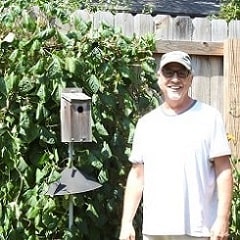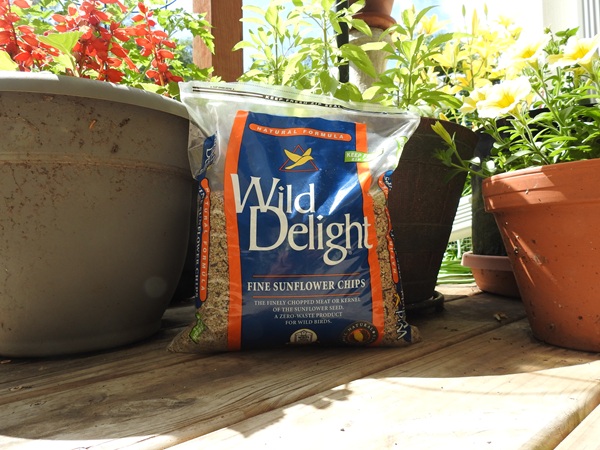Why House Sparrows Take Dust Baths and Spread Their Wings in the Sun
It might look strange to see a bird rolling in dry dirt or lying flat on a sunny sidewalk, wings stretched wide and eyes half-closed.
But for the House Sparrow, these behaviors, dust bathing and sunning, are as natural and necessary as preening or eating.
Together, they help keep feathers in top condition and the bird free from parasites.
The Science Behind Dust Bathing
When a House Sparrow begins dust bathing, it scrapes out a shallow hollow, fluffs its feathers, and tosses fine particles of soil deep into the plumage.
The bird often chirps quietly while it works the dust through its feathers, ending with a vigorous shake that sends a small cloud into the air.
Ornithologists have long recognized that dust baths are more than play.
Research by the British Trust for Ornithology found that birds with regular access to dry soil carried far fewer feather mites than those in wetter habitats.
The dust acts like a natural cleanser, absorbing excess oils, loosening dirt, and smothering external parasites that can damage feathers or irritate the skin.
Because House Sparrows live close to people, they easily find places to dust: garden beds, unpaved paths, or open patches beneath shrubs.
When conditions stay dry, they may rely entirely on dust rather than water for feather care.
Why Birds Spread Their Wings in the Sun

Many bird species, including sparrows, cardinals, and Blue Jays, can be seen lying flat or perched in full sunlight with their wings partly open and feathers ruffled.
The pose may look limp or unusual, but it's a purposeful act known as sunning.
A sunning bird lowers its body close to a warm surface or perches where sunlight strikes directly, then fans its wings and tail to expose as much plumage as possible.
The feathers are lifted slightly so heat and light can reach the skin.
The warmth serves several purposes:
- Parasite control: High temperatures and direct sunlight can kill feather lice and mites hiding in dense plumage.
- Feather maintenance: Sunlight softens oils from the bird's preen gland, allowing easier redistribution during preening.
- Thermoregulation: Particularly in cool weather, short bouts of sunning help maintain body temperature while resting.
Field observers have noted that after several minutes of stillness, sparrows begin preening immediately, proof that sunning and preening function together as one grooming cycle.
Social Behavior and Safety
House Sparrows are highly social, and these routines are often performed in groups.
A patch of loose soil may attract several birds that bathe one after another, each waiting its turn while others keep watch.
Group activity offers safety from predators and reinforces the flock's social bonds.
The same is true of sunning; multiple sparrows may line a fence rail, all in near-identical poses, soaking up warmth together.
Encouraging Natural Behavior in Your Yard
You can easily observe this behavior at home.
Leave a small area of dry soil or sand under shrubs where sparrows can dust bathe. Avoid pesticides or chemical soil treatments that could harm them.
In sunny spots, flat rocks or railings provide ideal "sunning perches." These small accommodations give sparrows, wrens, and other seed-eating birds the conditions they instinctively seek.
That vigorous shake and ruffled appearance mean the sparrow has just completed one of nature's oldest grooming rituals.
A Look Into the Past
For all their familiarity, House Sparrows retain wild habits shaped long before cities existed.
Each roll in the dust and each spread of wings in the sunlight reflects a finely tuned survival instinct, a reminder that even the most common backyard birds live by rhythms as old as the species itself.





